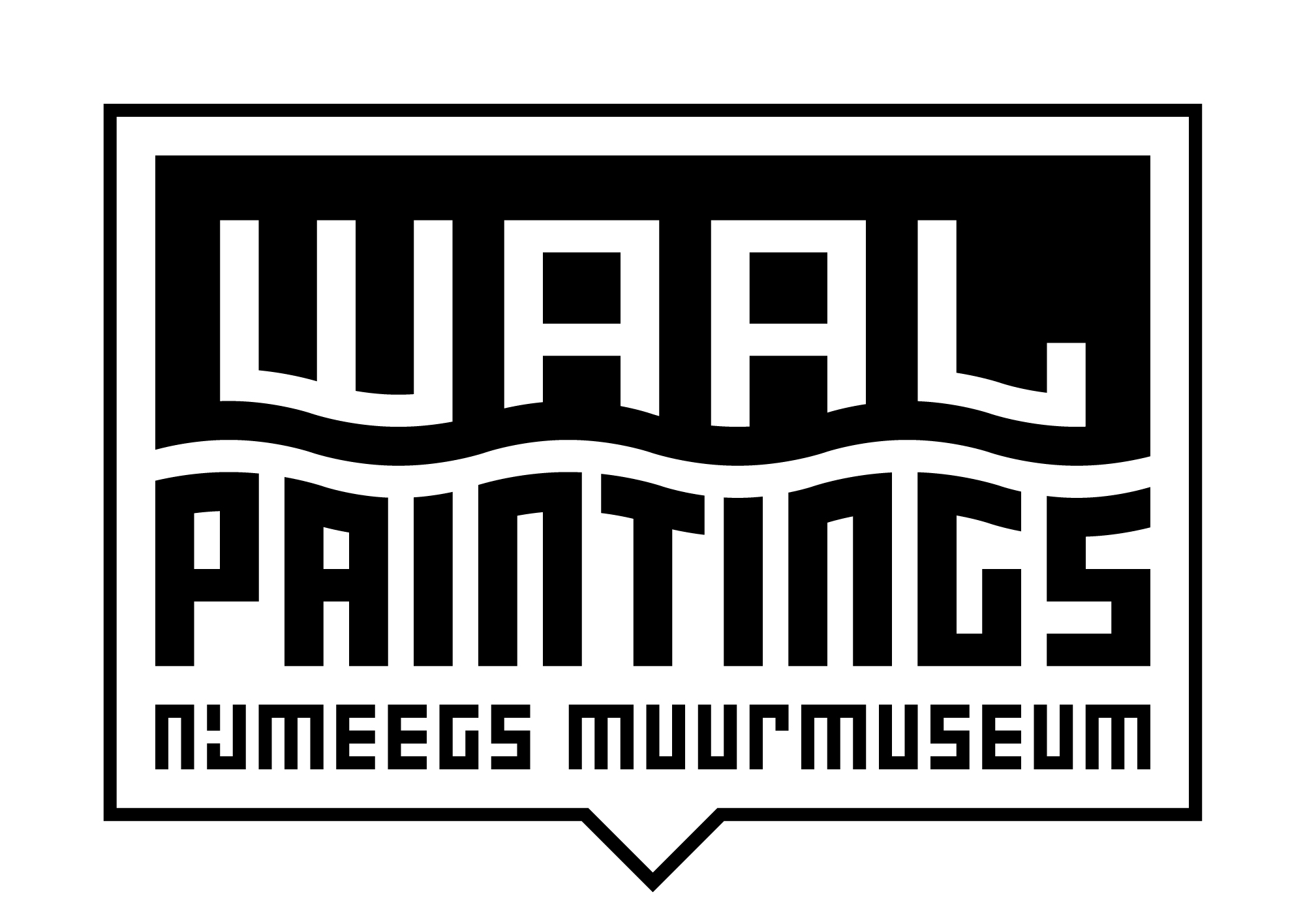Waalpainting 'The Walk of the World'
Wie aan Nijmegen denkt, denkt aan de Vierdaagse. Al meer dan honderd jaar is Nijmegen in de derde week van juli 4 dagen het sportieve centrum van de wereld. We noemen de Nijmeegse wandelprestatietocht niet voor niets “The Walk of the World”. Nu er een nieuwe editie van de Vierdaagse gepland staat voor 2022 is het tijd voor een nieuwe start. Hoe kan dat beter dan met een muurschildering over de geschiedenis van dit prachtige evenement? Om deze muurschildering in het centrum van Nijmegen te realiseren is jouw hulp nodig.
"De Waalpaintings zijn niet compleet zonder de Vierdaagse." - Erika Manders, docent Geschiedenis, kunstgeschiedenis en oudheid aan de Radboud Universiteit en initiatiefnemer van de Waalpaintings.
Erika vertelt je graag hoe ze toegang tot het verleden wil geven!
De Vierdaagse: al jaren internationaal en inclusief
Alle wandelaars, toeschouwers, vrijwilligers en Vierdaagsefans schrijven al jaren samen geschiedenis. Die energie willen we ‘vangen’ in een grote schildering die het internationale en inclusieve karakter van de Vierdaagse laat zien. Help je mee dit project te realiseren en de Vierdaagse het hele jaar door zichtbaar te maken? Hopelijk zorgen we er samen voor dat de rijke geschiedenis van de Vierdaagse vereeuwigd wordt in een Waalpainting.

De geschiedenis van de Nijmeegse Vierdaagse begint in 1909. De (voornamelijk militaire) deelnemers aan de door de Nederlandse Bond voor Lichamelijke Opvoeding georganiseerde vierdaagse afstandsmarsen (met verschillende startpunten in Nederland) overnachtten in de Prins Hendrikkazerne in Nijmegen. In plaats van de gebruikelijke bruine bonen met spek kregen ze een driegangenmenu, dat bestond uit soep, een AVG’tje en een toetje. Deze gastvrijheid werd beloond en de wandelaars keerden in de daarop volgende jaren steeds weer terug naar Nijmegen. In 1925 wordt de stad definitief het startpunt van de Vierdaagse.
Steeds internationaler en diverser
Met de jaren nemen de deelnemersaantallen toe: in 1925 melden 766 mensen zich aan voor de wandeltocht; in 2019 zijn dat er 44.702. De groep wandelaars wordt ook diverser, hoewel het nog tot 1919 duurt voordat de eerste vrouw met succes de Vierdaagse voltooid. Hierna zijn vrouwen geen zeldzame verschijning meer; vrouwelijke wandelclubs (zoals de Blauwvosjes) leggen de afstand gewoon op hun hakschoenen af. Door de komst van de Olympische Spelen naar Amsterdam in 1928 lopen dat jaar ook voor het eerst internationale wandelaars mee. Waren er toen nog maar een handjevol landen vertegenwoordigd, tegenwoordig zijn dat er zo’n zeventig per editie.
De Waalpainting met als thema “The Walk of the World” benadrukt het internationale en inclusieve karakter van de wandeltocht. De muurschildering, die gemaakt zal worden door een kunstenaar met affiniteit voor de Vierdaagse, verschijnt op een centrale locatie in de buurt van de Via Gladiola. Tijdens de Vierdaagseweek van 2021, waarin wandelaars voor het tweede jaar op rij noodgedwongen de Alternatieve Vierdaagse gaan lopen hopen we voldoende geld op te halen, om volgend jaar tijdens een echte Vierdaagse de nieuwe Waalpainting in volle glorie te mogen onthullen.
Over Waalpaintings
Dat Nijmegen de oudste stad van Nederland is, daar is in het centrum nog maar weinig van terug te zien. Het project Waalpaintings brengt daar verandering in: met behulp van street art gemaakt door kunstenaars uit de regio wordt de rijke stadsgeschiedenis weer zichtbaar gemaakt op locatie. Een muurschildering over de Vierdaagse mag daar zeker niet in ontbreken. Eerder verschenen al muurschilderingen over de Bataafse Opstand, de Byzantijnse prinses Theophanu, de Vrede van Nijmegen en het Bombardement. Waalpaintings is een initiatief van historica Erika Manders (Radboud Institute for Culture & History) en Dennis Jussen (De Tijdmachine).
Voor de grote muurschildering “The Walk of the World” werken Radboud Universiteit, Stichting DE 4DAAGSE, De Tijdmachine en Radboud Fonds nauw samen.


Laatste blogs
Bekijk alle









